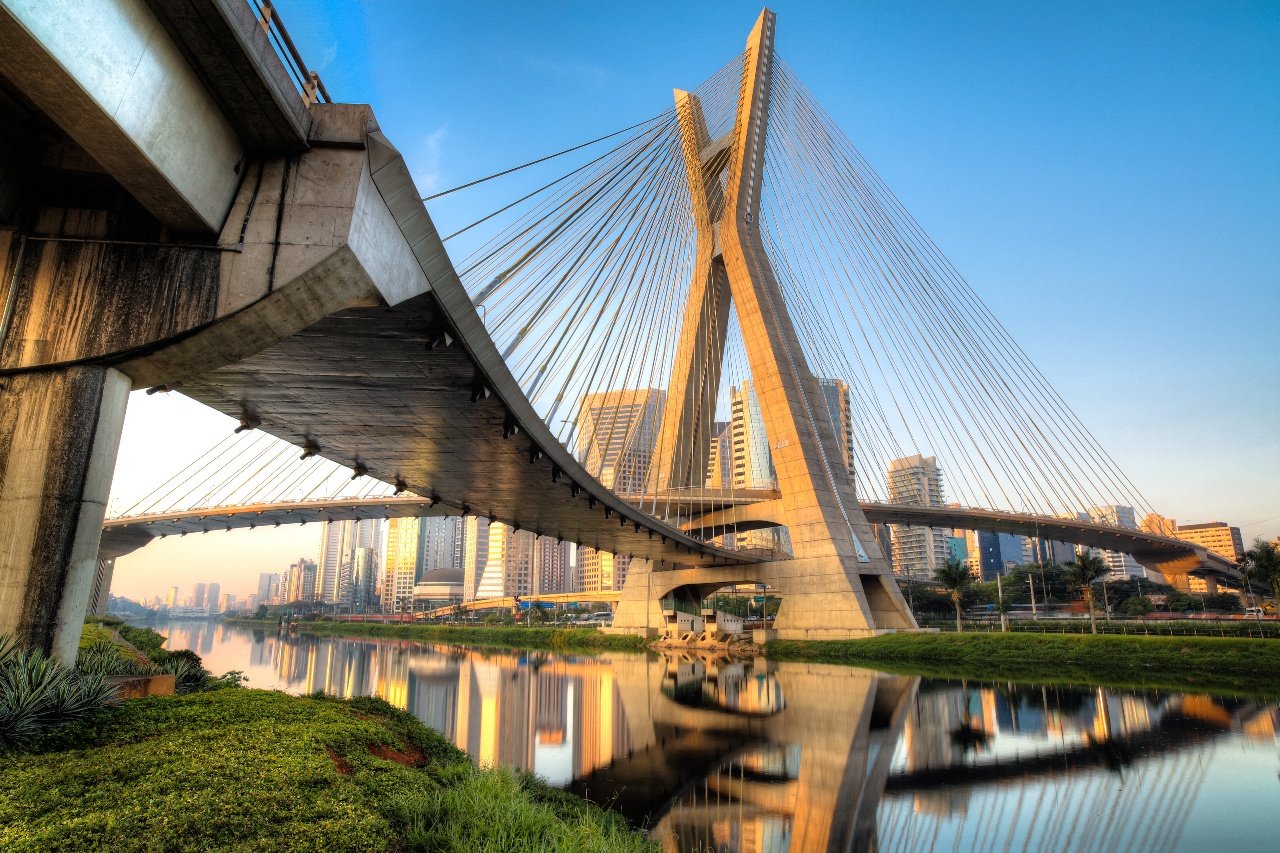
Chief Executive Officer of Inland Rail, Nick Miller, has told the Roads Australia Leaders’ Lunch in Sydney that the Inland Rail link between Melbourne and Brisbane is a transformative, nation-building project that will bring benefits worth the wait, comparable with previous major national rail projects in Australian history.
Miller said history has shown that Australian rail mega-projects take time to deliver, referencing the completion of the standard gauge line from Alice Springs to Darwin, where the initial announcement of the line was made in 1983, but the first trains did not run on the line until 2004.
Having completed his first six months as Chief Executive Officer of Inland Rail, Miller told roundtable delegates that Inland Rail continues to make strong progress on the ground, with construction progressing well in Victoria and New South Wales and planning approvals moving forward in Queensland.
“I have now completed my first six months as Chief Executive at Inland Rail and am pleased to say that we are making strong progress on the ground, construction is going well in Victoria and New South Wales and planning approvals are moving forward in Queensland,” he said.
“Throughout Australian history from the Adelaide-Darwin rail corridor to the Trans Australian Railway from Port Augusta to Kalgoorlie, we have seen that major national rail projects take time to deliver but become extremely valuable pieces of infrastructure when completed
“Inland Rail is a similar, transformative, nation-building project, delivering it is not easy, but it will absolutely be worth the wait when we finally complete that Inland Rail link between Melbourne and Brisbane.
“Inland Rail will enhance our national freight and supply chain capabilities, connecting existing freight routes through rail, roads and ports, and supporting Australia’s growth.”
Miller said that shifting more goods onto rail will mean faster, more reliable freight; safer, less congested roads; and fewer emissions, with Inland Rail taking tens of thousands of trucks off roads each year when complete.
Miller said that regional communities are already experiencing an economic boost from job creation, supply of goods and services and local spend during construction.
Since 2019, Inland Rail has employed nearly 5,500 people and spent nearly $440 million with over 600 local business on the Inland Rail alignment, including nearly $44 million with First Nations owned businesses, boosting opportunities in regional towns including both Moree and Parkes.
The post Inland Rail set to transform freight movement appeared first on Rail Express.
